Between Nostalgia and Modernity
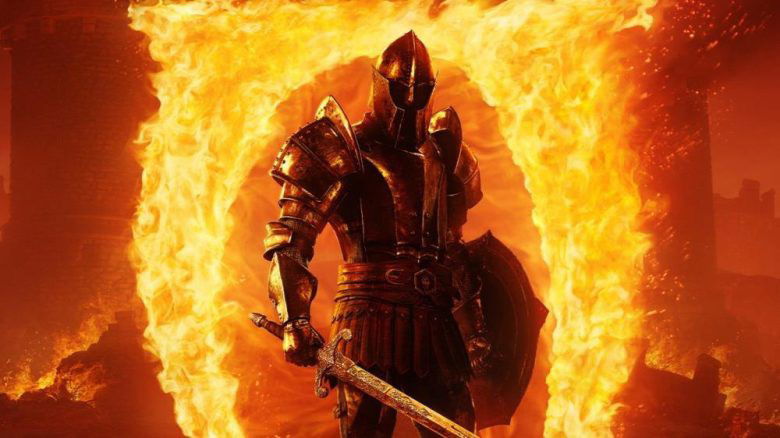
The Elder Scrolls IV: Oblivion Remastered isn’t just a visual update of a 2006 classic; it’s a loving celebration of everything that made Bethesda's RPG a historic milestone in video games. Released as a surprise Shadow Drop in 2025, the remaster combines the chaotic DNA of the original game with incredible technical improvements, all while keeping intact the essence of Oblivion that’s won fans over for almost two decades.
Developed by Virtuos in partnership with Bethesda, the game walks a tightrope between modernization and preservation - and, most of the time, it gets the balance right.
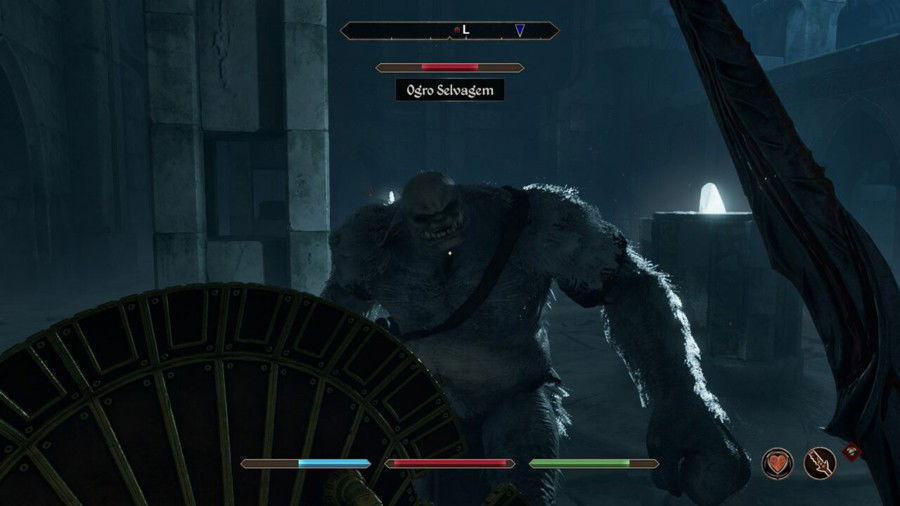
When I started playing Oblivion, the feeling I got was that of meeting an old friend with a completely renewed aesthetic. I was dazzled by the quality of the graphics, that looked more like a remake. I immediately thought it’d be the perfect time for new players to get to know one of the best RPGs ever released, which prioritizes creative freedom and narratives that stay alive in our memory for the rest of our lives.
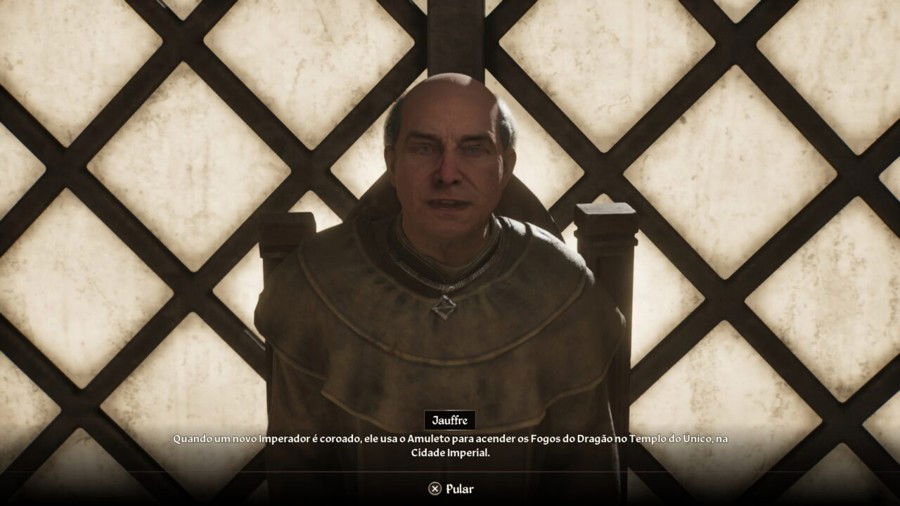
Visuals: A World Reborn in Unreal Engine 5
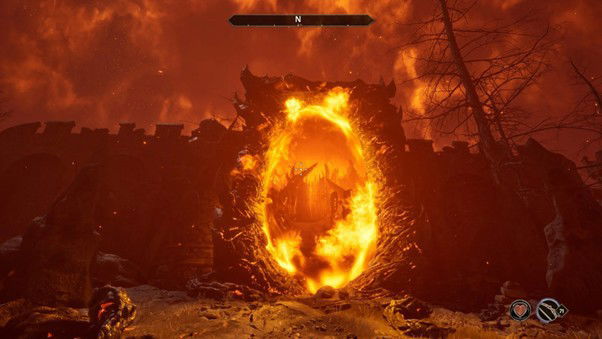
The first impression we get when booting up Oblivion Remastered is that we’re in front of something stunning and carefully made. Cyrodiil comes to life with dynamic lighting via Lumen, hyperrealistic textures and render distances that transform landscapes that were previously static into living, breathing scenarios. Cities such as the Imperial City shine under detailed skies that made me stop several times just to admire all the work put into the game, dungeons like the Gates of Oblivion gain a visceral atmosphere that takes your breath away, with particle effects and shadows that give us absurd immersion.
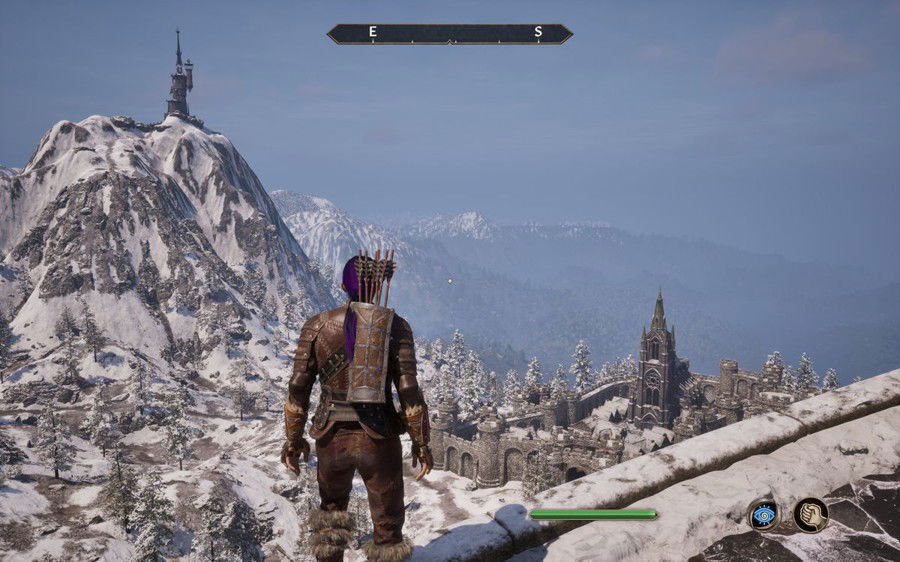
However, some features that bother me were kept:
-NPC models: the characters still have the game’s charm, but the empty and distant looks, with an appearance that takes us to the "Uncanny Valley", remains. Faces that float between cartoonish and disturbing, staring us down like those dolls from the 80s and 90s that we’ve seen in our sisters or cousins' rooms, are there.
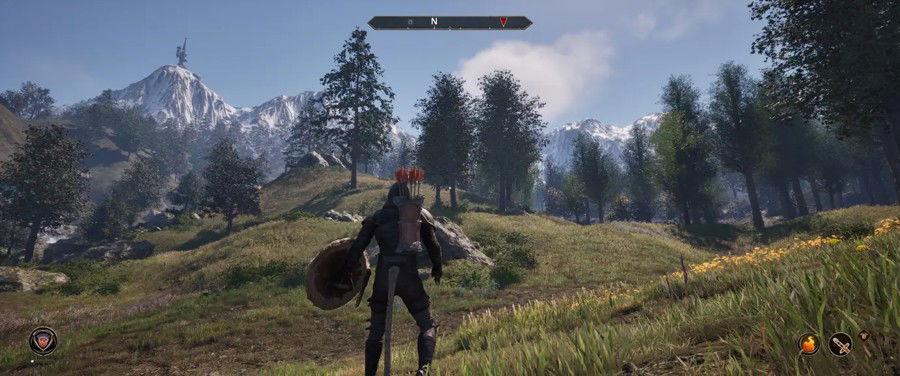
Lip-syncing has improved a lot, but exaggerated expressions, fixed or crossed eyes persist to staring at us, creating a certain discomfort. Although it almost seems like an unintentional homage to the original, it’s a bit disturbing and I hope that in the future Bestheda will finally scrap these models that gave me disturbing dreams in the past and that I laugh at today.
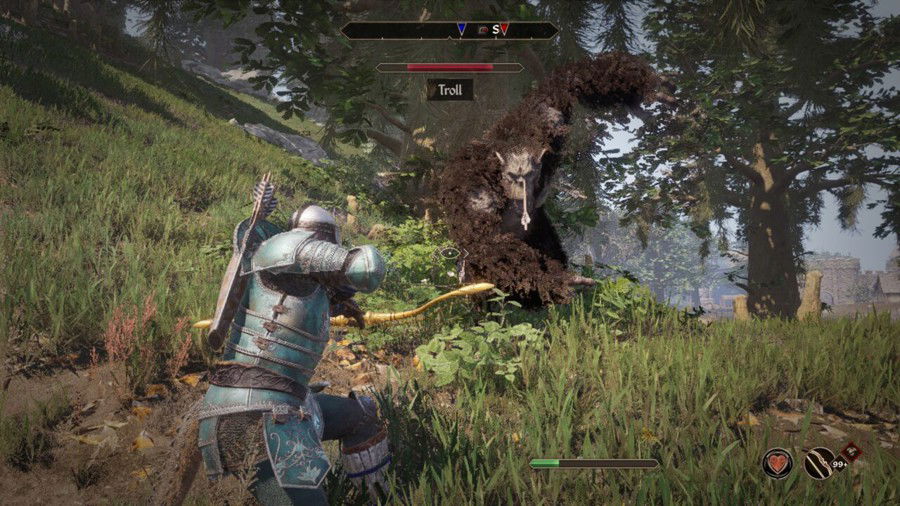
-Technical Inconsistencies: The external and natural environments are stunning, marveling us from the first glance, however, the interiors often seem flat and effects such as reflections in water vary between Lumen hardware and software. It’s not something that decodes the game, but an interesting observation to mention.
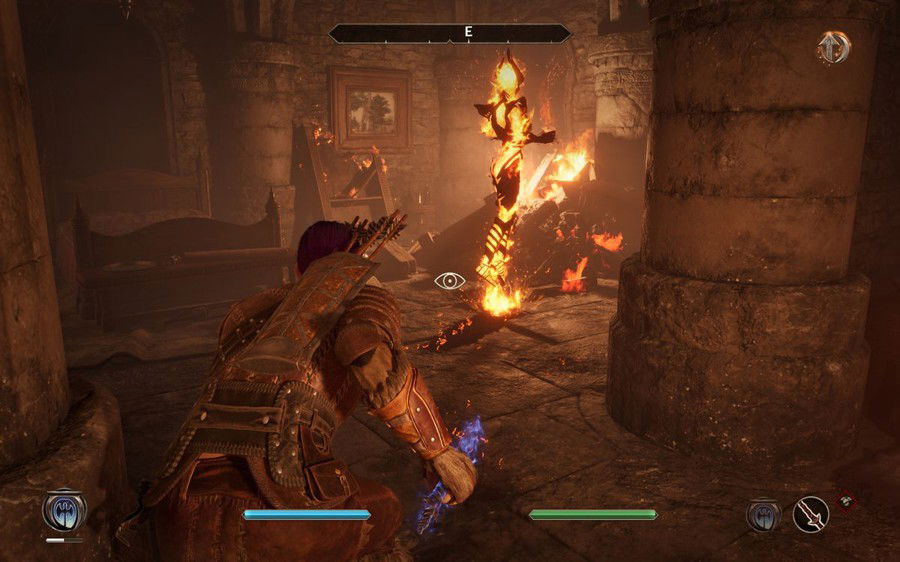
Virtuos chose not to reimagine the original art style, choosing instead to improve and maintain its charm with a new look. The result is a world that looks "as you remember it," not as it really was. It's almost like when we have memories of a place we used to live at or experienced as a child, in our memory everything seems bigger and more beautiful, but when we return, we realize that our imagination tends to add elements that didn't really exist. It's a good thing because it makes us smile and think "I remembered it differently," this part‘s a hit for nostalgic people like myself.
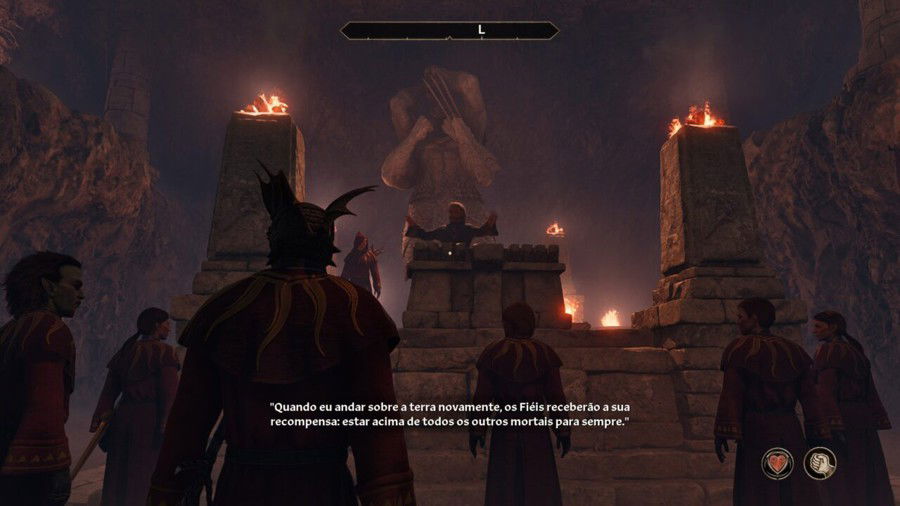
Gameplay: Welcome Improvements to Well-Known Systems
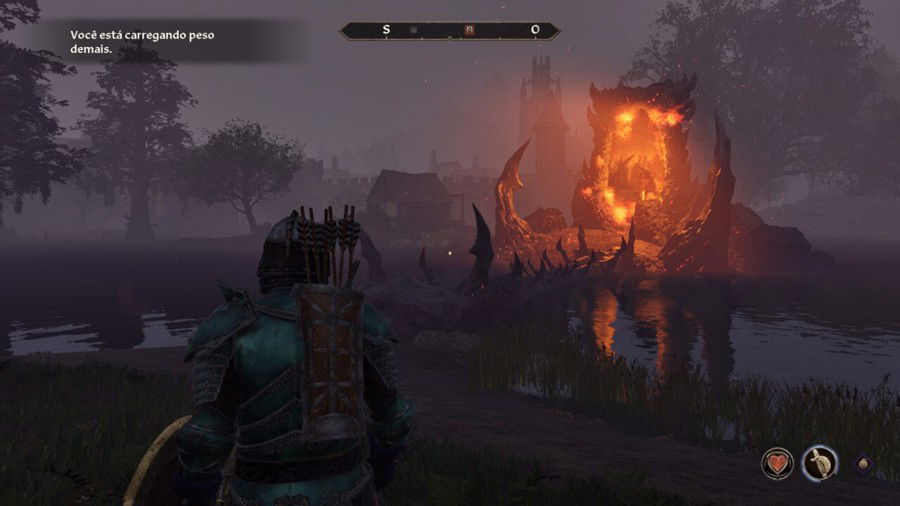
Modern Quality of Life
The remaster’s introduced some adjustments that improve the game and make it more accessible:
- Run Key: Something simple that didn't exist yet in the game, but was necessary and revolutionary. It reduces all the slowness of the original and makes exploration more dynamic.
- Reimagined UI: The menus are more intuitive, an informative compass at the top of the screen helps a lot and the simplified crafting system, such as, for example, the automatic ingredient collection, makes everything simpler and better.
- Rebalanced Level System: The game combines Oblivion’s class system with the more fluid progression of Skyrim, reducing the annoying and dreaded "level scaling" that hindered and punished builds.
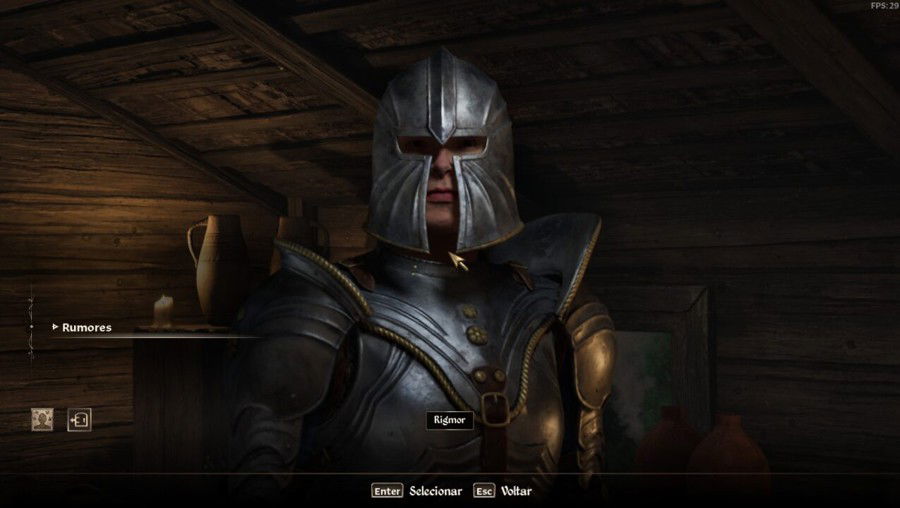
Combat: Advancements and Limitations
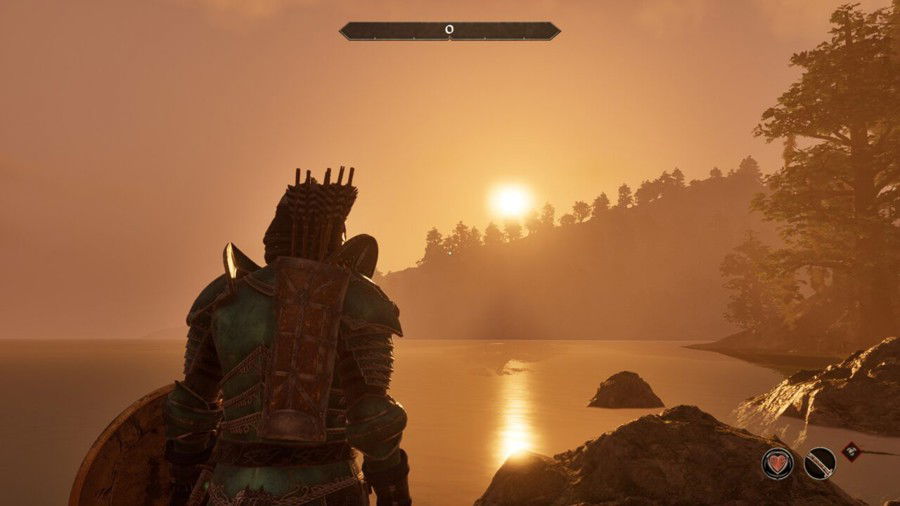
Combat’s received new animations and AI adjustments, but it’s still the game's Achilles heel:
Melee: It still lacks visual weight or impact, with enemies having little reaction to hits, although it’s not something that’ll hinder your final experience.
Magic and Bows: They’re the stars of the game, with more precise aim and a customizable spell system such as combining "Fear" and "Speed" to create an enemy fleeing desperately.
Obsolete AI: The enemies still follow predictable patterns, such as single file chases, something that doesn’t fit with modern game standards.
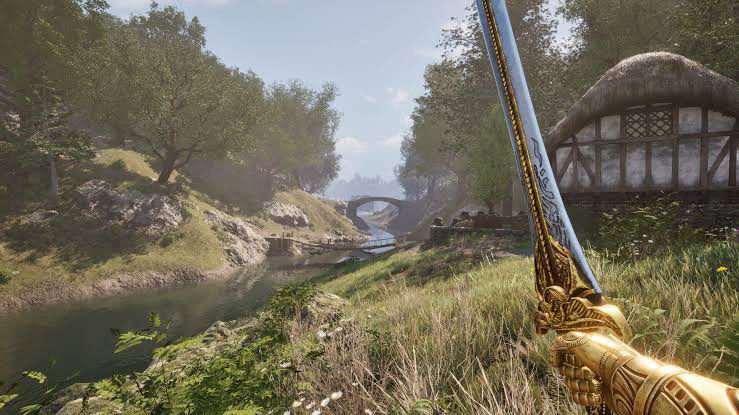
Freedom vs. Intuition
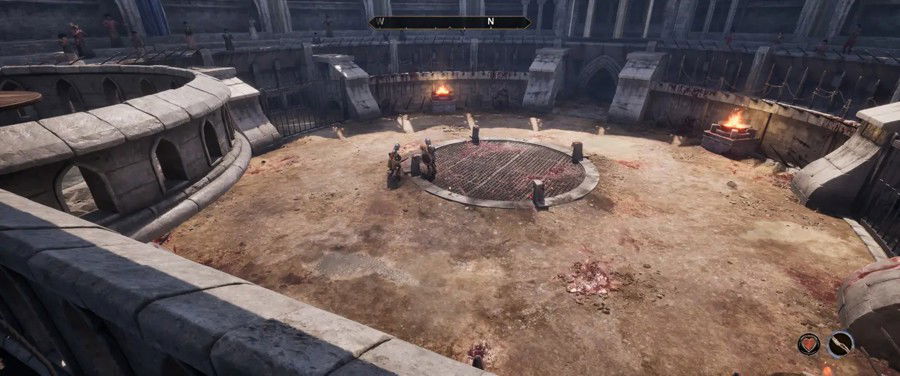
Some things that shine in Oblivion are the creation of absurd spells, stealing insignificant items or exploring dungeons for no apparent reason. These’re experiences that current games rarely allow and grant the game several extra hours of exploration. However, systems like the persuasion minigame are as confusing as they were back in 2006 and the progression of secondary skills, such as "Athletics", tell on the age of the design that hasn’t been revitalized.
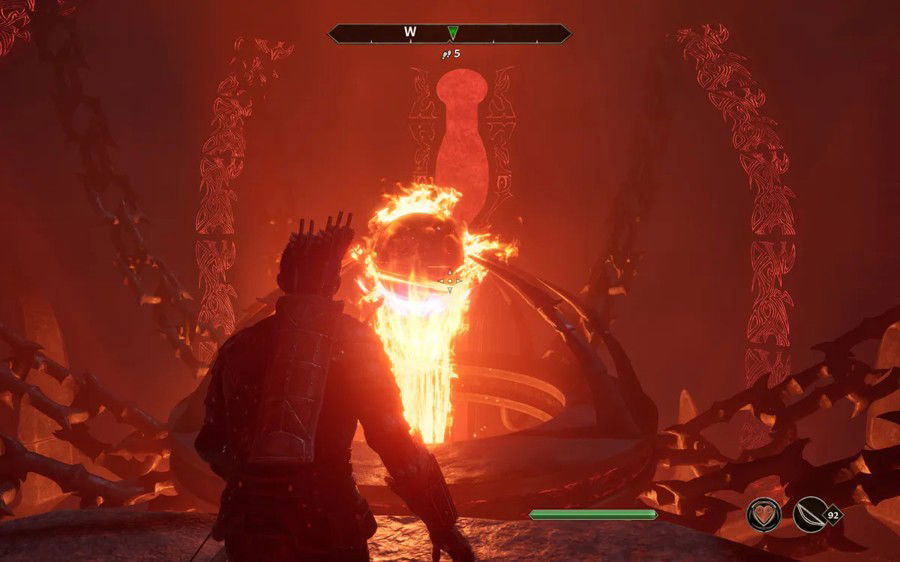
Narrative: The Legacy That Skyrim Couldn't Get Over
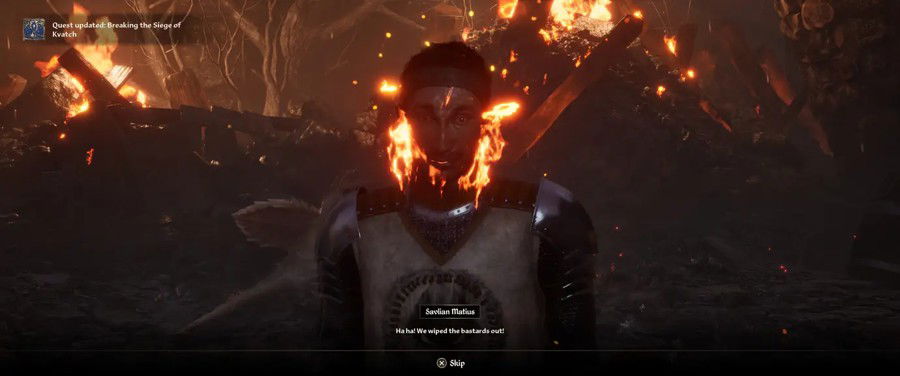
If there's one area where Oblivion reigns supreme over other RGPs, it's in the quality of the questlines. While the main campaign of saving Cyrodiil from Oblivion’s invasions is competent and does an impressive job of making the game an icon, it's the side quests that steal the show:
Dark Brotherhood: A morally ambiguous story full of twists and turns and unforgettable moments, like assassinating a target during a party.
Shivering Isles: Even though it’s a DLC, it’s included in the base package and takes the player to the realm of the god of madness, Sheogorath, in an experience that mixes dark humor and tragedy. Don't miss out on playing this story.
Thieves' Guild: These are quests that require planning and creativity, such as stealing an artifact without being detected. This quest’s great because it explores every part of the stealth that the game has to offer.
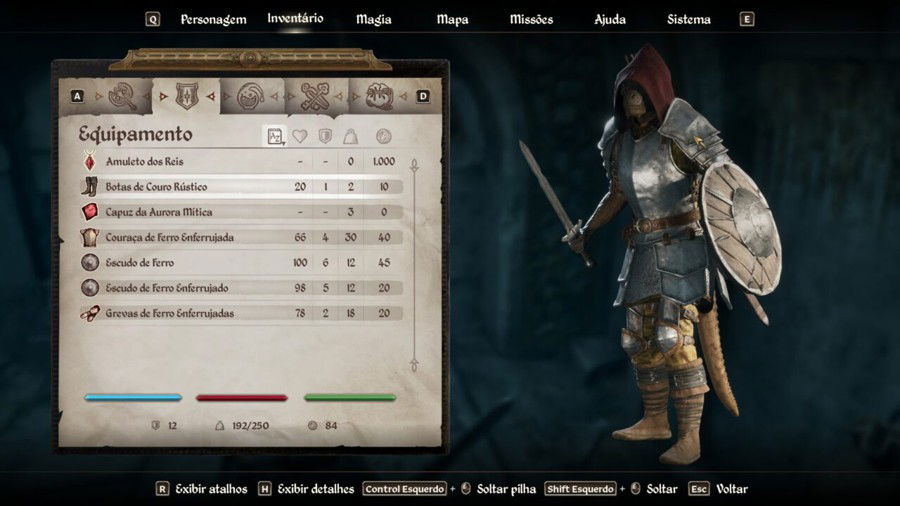
Performance: The Price of Fidelity
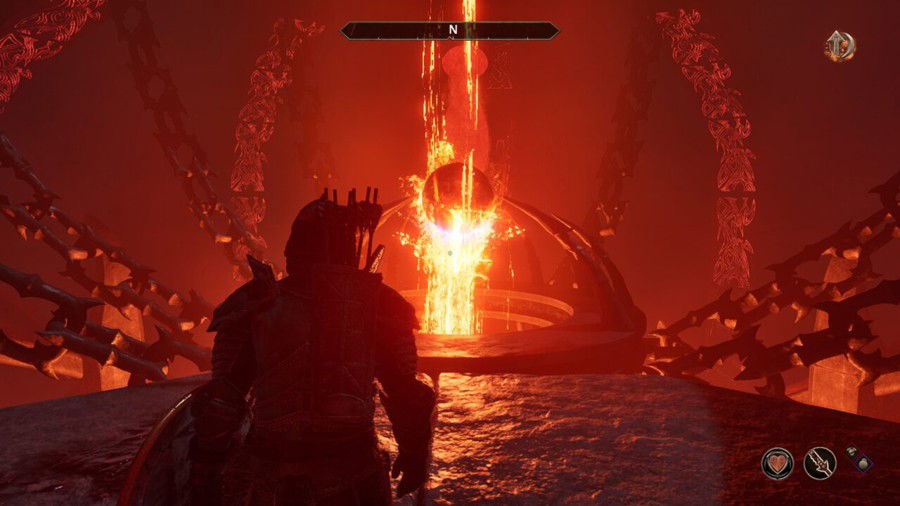
I played on the Xbox Series and didn't experience any issues, but when I looked into other platforms, I came across criticism. Even on high-end PCs (RTX 4090, Ryzen 9 9800X3D), the game presented issues such as:
Constant Stuttering: Problems loading parts of the world, something that happened in the original game as well, and results in crashes during exploration.
Optimization: Interestingly, on the Steam Deck performance drops to below 30 FPS. On console, I felt few framerate drops, but they happened in busy areas, something that needs to be fixed in future updates.
Bugs: Although it didn't happen to me, I’ve watched some videos where NPCs disappear in the middle of critical quests and some random crashes (this ones happening on PC).
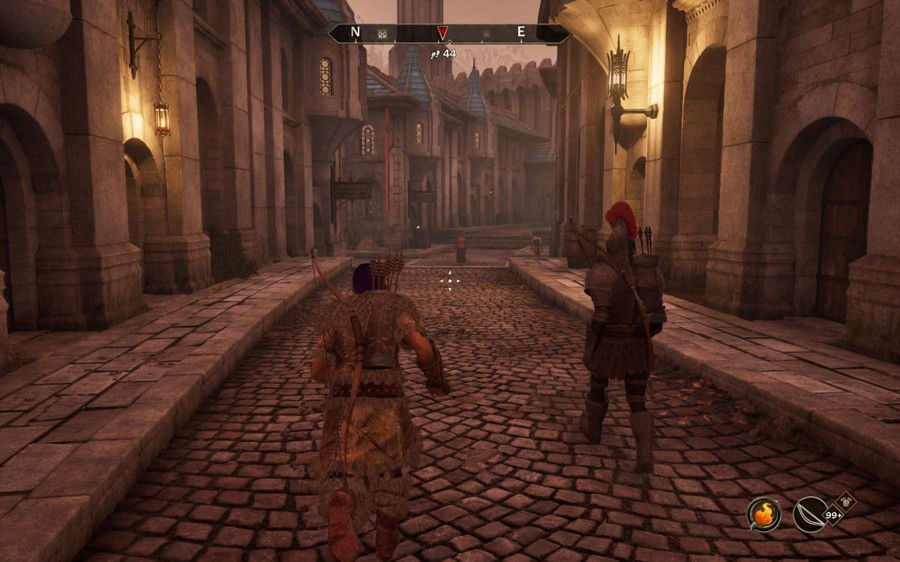
Jank's Legacy
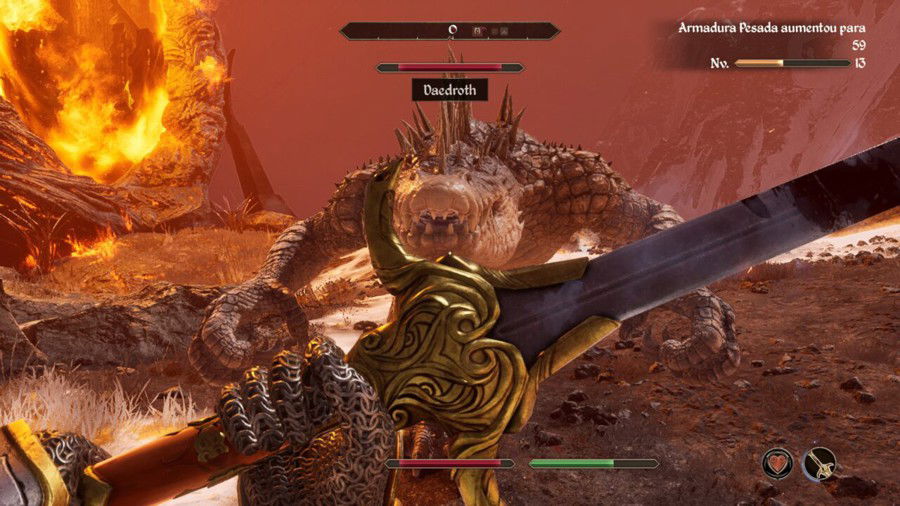
Oblivion Remastered maintains its chaotic nature and breathtaking visuals. Classic glitches, such as the secret door in The Temple of the One (which allows you to finish the game in 15 minutes) and the absurd ragdoll physics, were kept (this was certainly intentional, as they were celebrated by fans). Virtuos understood that these "problems" had become an inseparable part of the game's identity, something that’s there but doesn’t need to be used. But that, just like our DNA, carries the marks of the past that make us into who we are and this was a good thing, as removing them would turn it into just another generic RPG without its historical flaws.
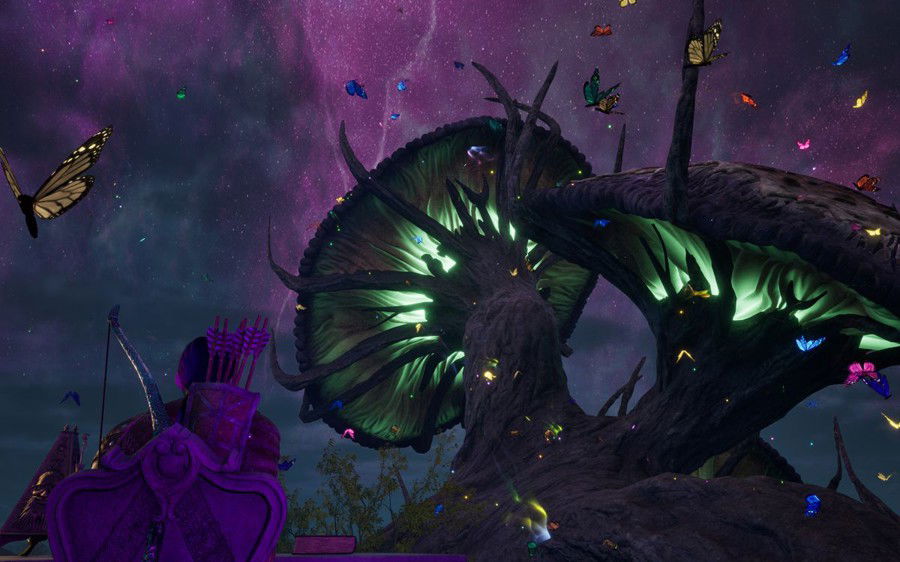
And these little “DNA errors” in the game go as far as the sound, which keeps Jeremy Soule’s epic composition untouched and amplified by a modern mix that’s gentle on our ears. While some sound effects, such as healing spells, may sound dated, they retain their charm and are given new life with “Spatial Audio”.
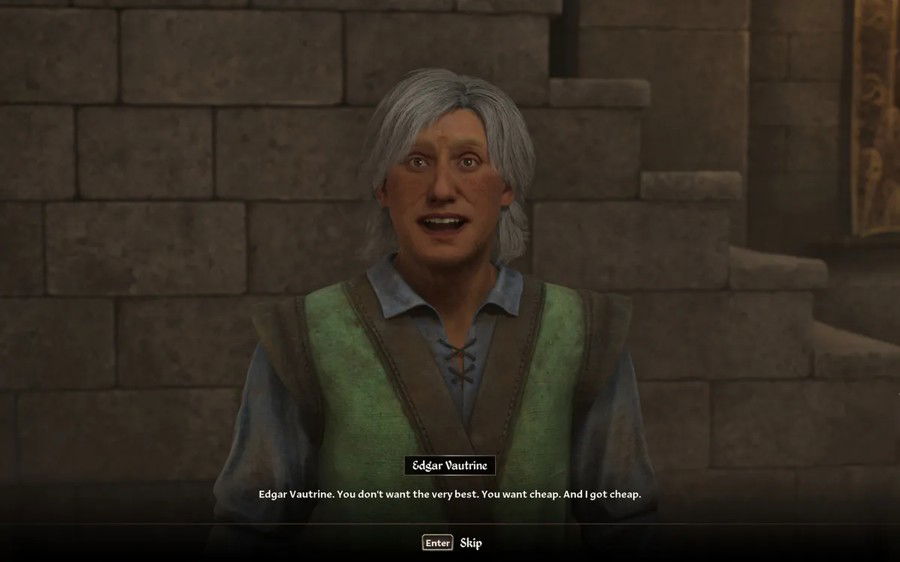
Yay or Nay?
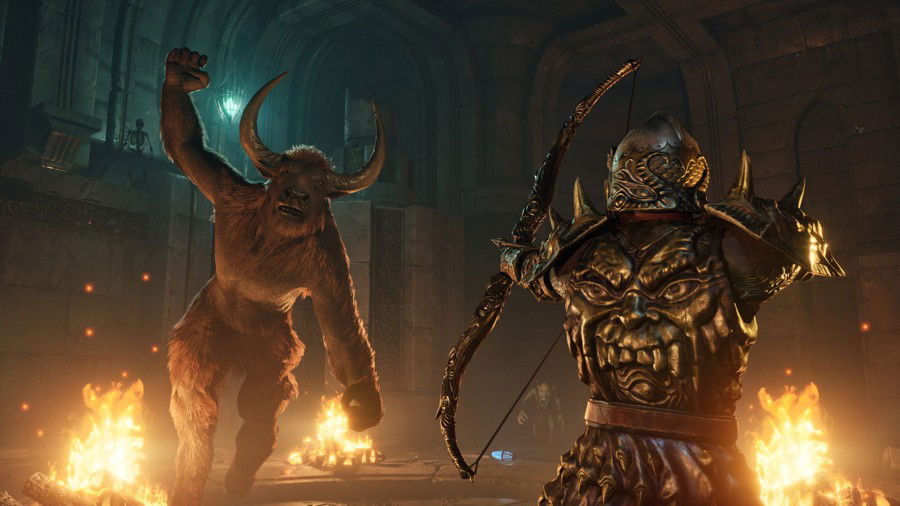
The Elder Scrolls IV: Oblivion Remastered is a celebration of RPGs. Although not without its flaws, the game shines with all its splendor.
I recommend it for:
Fans of the Original: The experience is like reliving memories with high-resolution glasses.
Players who Value Narrative: The questlines continue to be the best of Bethesda.
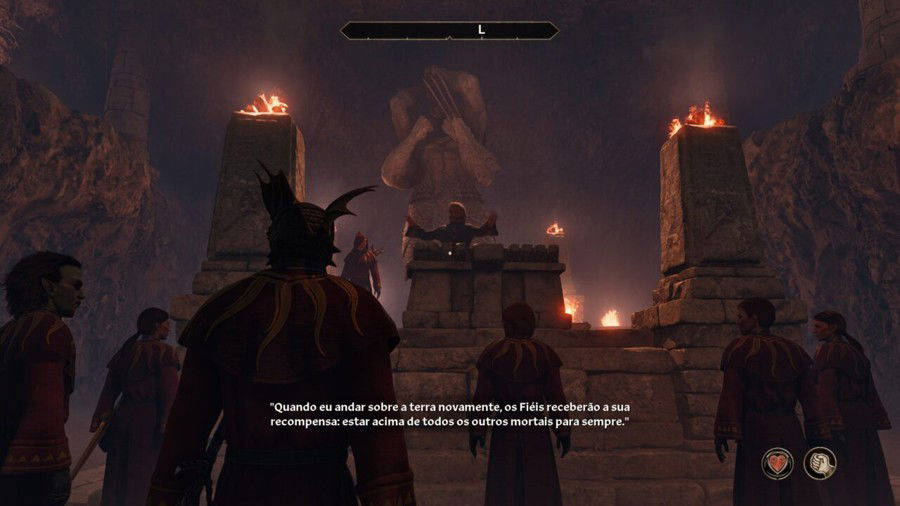
For Newcomers to Oblivion:
Play with an open mind, even if combat may seem outdated. Everything in the game will tell you the history of RPGs and how the games you play today got to this level through the mistakes and learnings of the past.
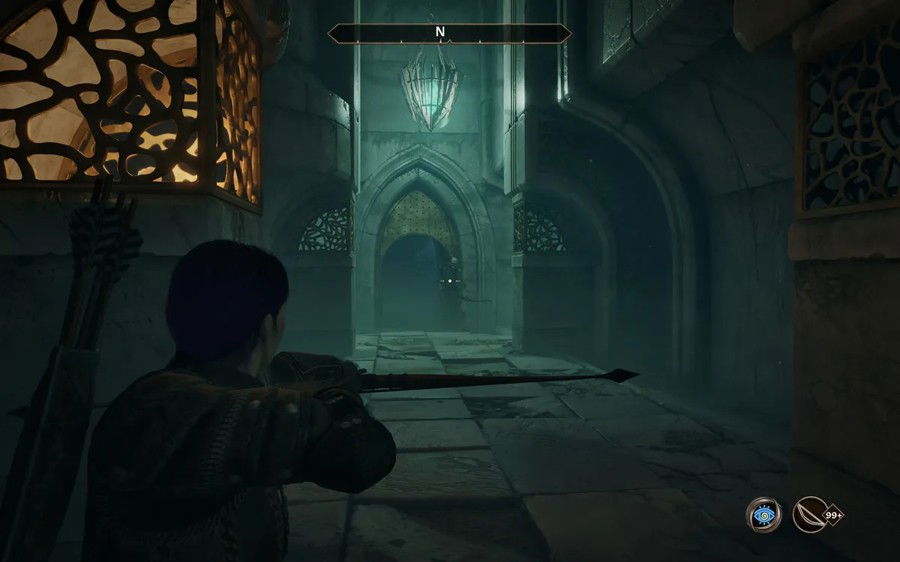
Conclusion: A Timeless Classic
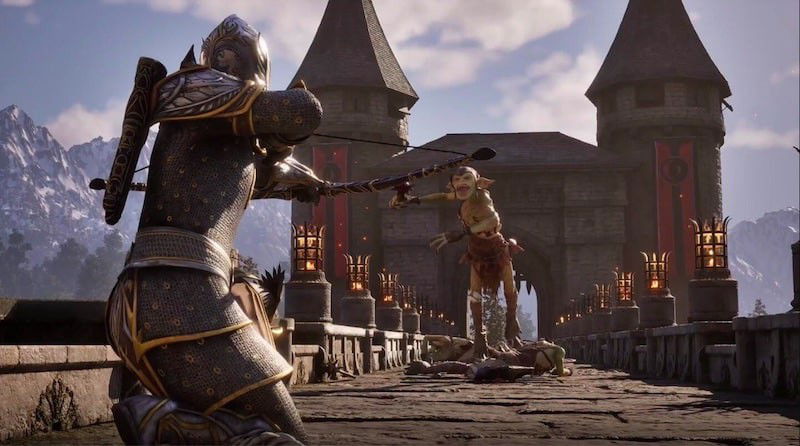
With Oblivion Remastered, Bethesda and Virtuos deliver a project that honors the past without being afraid to show its expressions of time. It’s a game that accepts its imperfections as virtues, offering a unique experience in a market saturated by very "polished" open worlds.
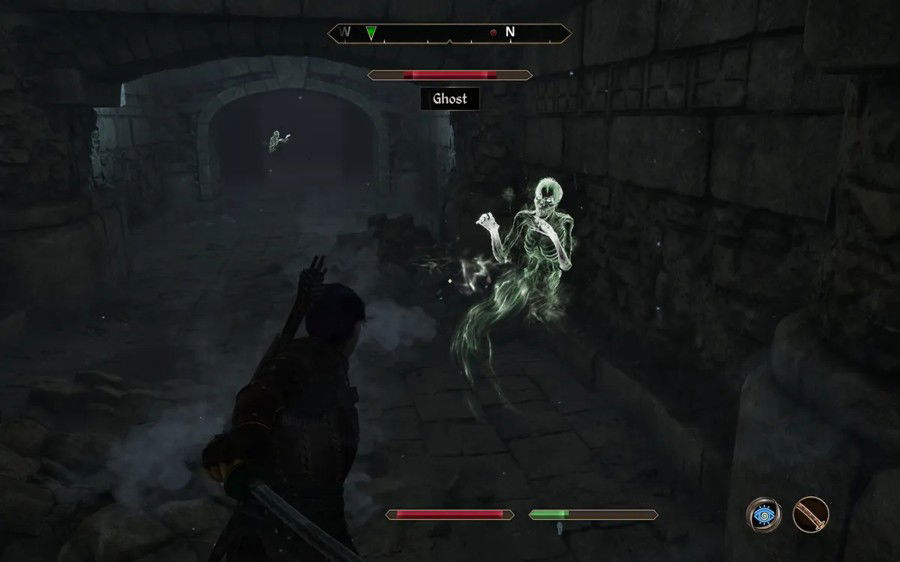
The magic of exploring Cyrodiil, be it while closing Gates of Oblivion or stealing cheese from a tavern, remains irresistible.
The game is an essential time capsule, proving that sometimes a little chaos is just what an RPG needs.









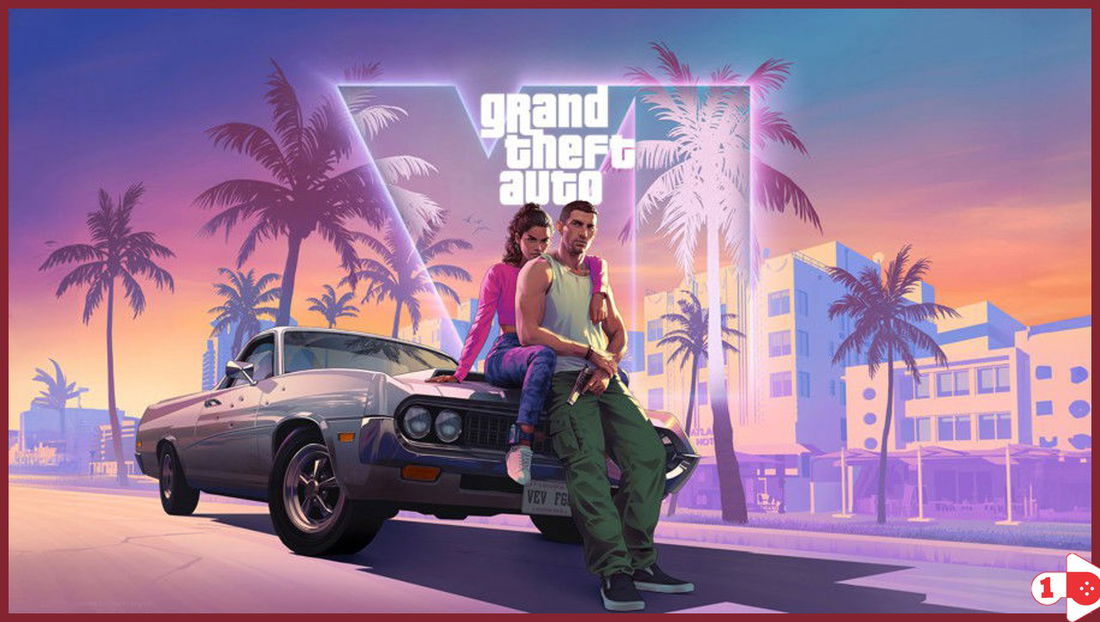
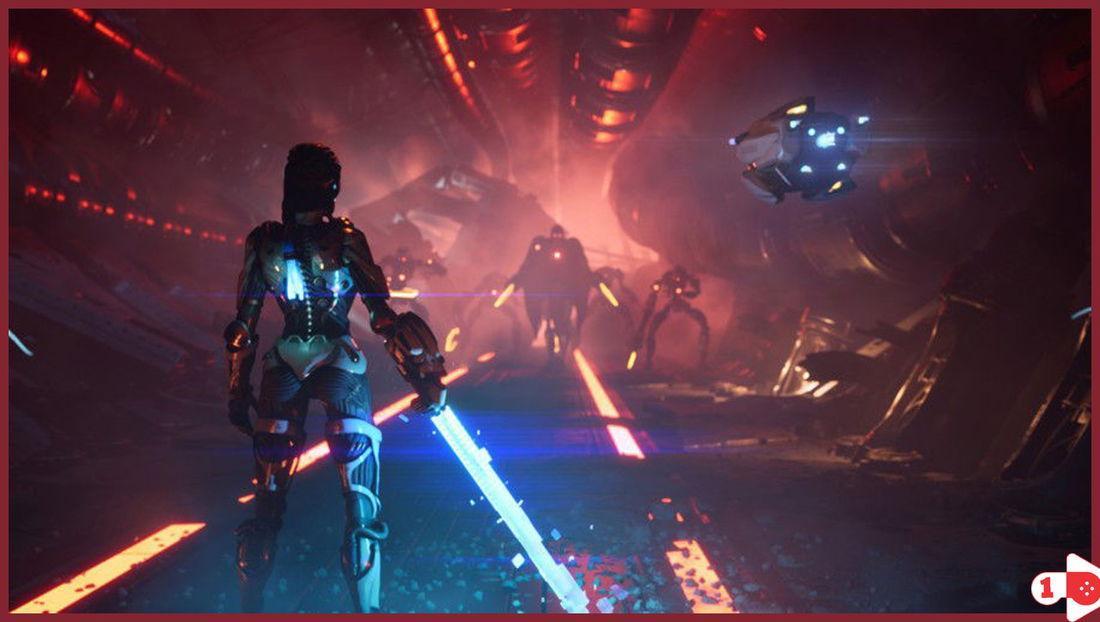



— Comments 0
, Reactions 1
Be the first to comment